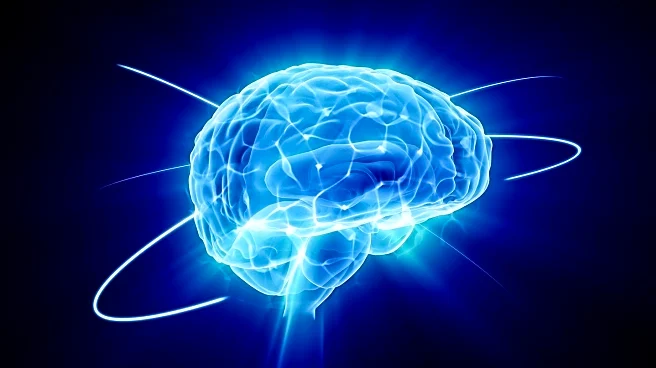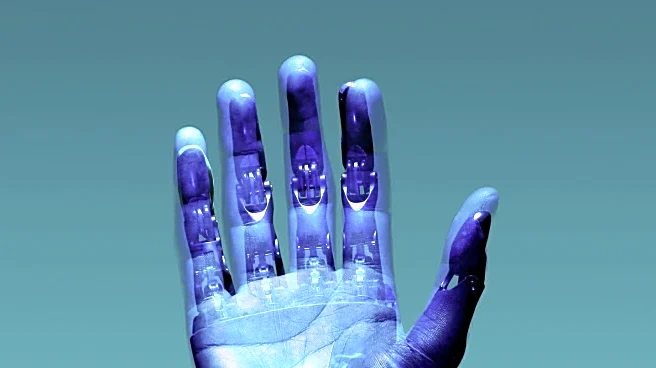What is the story about?
What's Happening?
Researchers from the Netherlands and the U.S. have conducted studies to understand how individuals can experience transformational epiphanies, which are sudden realizations that change self-perception. The study involved 155 MBA students and alumni, focusing on a type of mind wandering known as problem-solving daydreaming. This approach was found to facilitate work-related epiphanies by allowing individuals to think in flexible and innovative ways, free from assumptions. The research highlights the potential of daydreaming to foster personal growth and problem-solving capabilities.
Why It's Important?
The findings of this study have significant implications for personal development and organizational behavior. By understanding the conditions that lead to epiphanies, individuals and businesses can cultivate environments that encourage innovative thinking and personal transformation. This could lead to improved problem-solving skills and enhanced creativity in professional settings, benefiting industries that rely on innovation and strategic thinking. The study suggests that fostering a culture of open-mindedness and flexibility can lead to breakthroughs in personal and professional contexts.
What's Next?
Further research may explore how these findings can be applied in various professional fields to enhance creativity and problem-solving. Organizations might consider integrating practices that encourage daydreaming and flexible thinking into their training programs. Additionally, the study could lead to new approaches in educational settings, where fostering epiphanies could enhance learning outcomes and personal development.
Beyond the Headlines
The study opens discussions on the role of mental states in personal transformation, suggesting that traditional methods of problem-solving may be complemented by more intuitive approaches. This could lead to a shift in how personal and professional growth is perceived, emphasizing the importance of mental flexibility and creativity.
AI Generated Content
Do you find this article useful?














